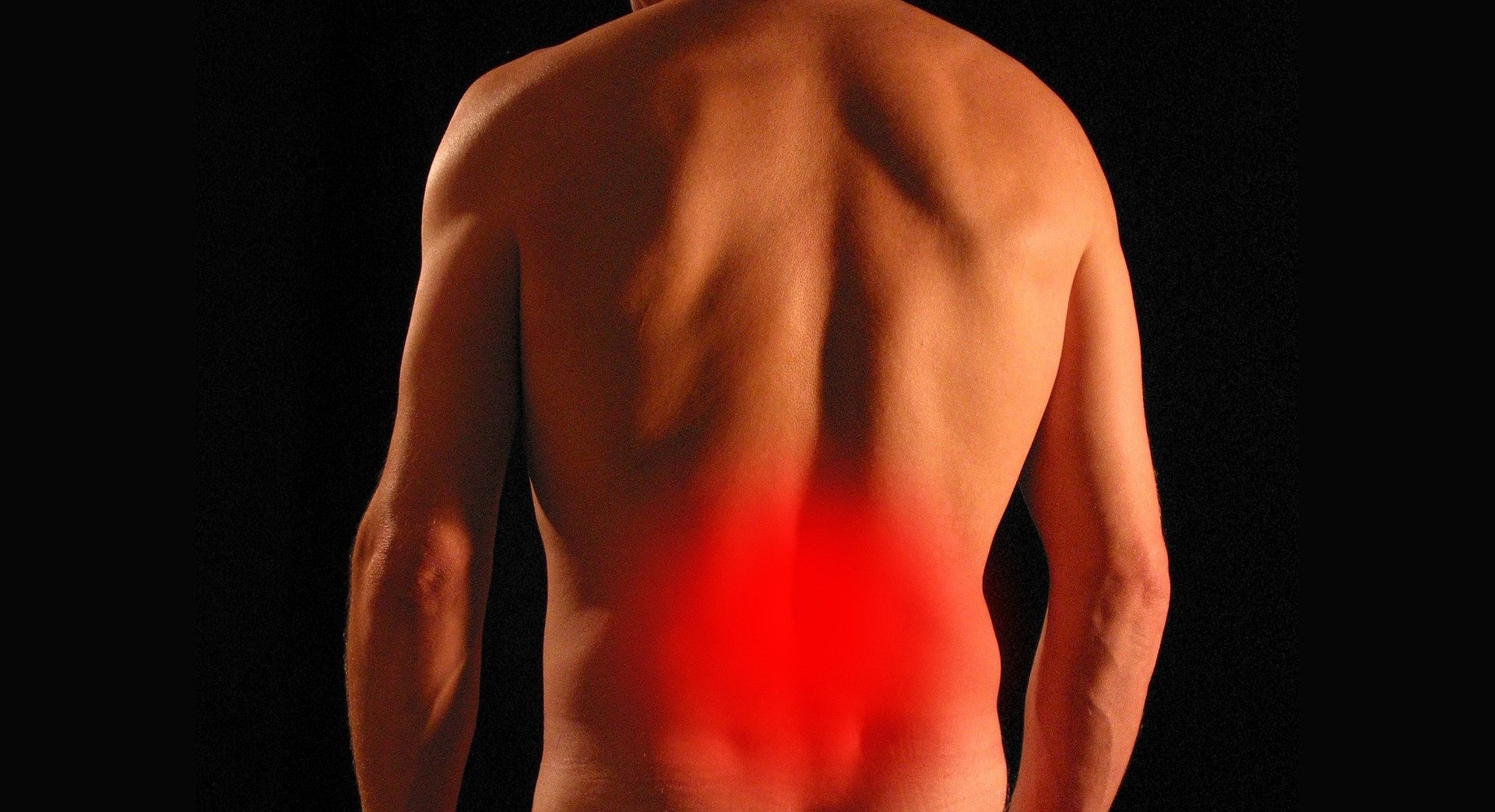Sciatica Warning Signs to Watch For
Knowing the warning signs of sciatica is crucial for effective pain management. Key indicators include persistent lower back pain, radiating discomfort in the legs, and numbness or weakness, particularly on one side. Tingling sensations can also be a sign of sciatica. Recognizing these warning signs early can help you seek medical attention and improve your treatment options.
Sciatica affects approximately 40% of people at some point in their lives, making it one of the most common forms of nerve pain. The condition develops when pressure is placed on the sciatic nerve, often due to herniated discs, bone spurs, or muscle inflammation. Early recognition of warning signs allows for prompt intervention and better outcomes.
Recognizing Early Pain Patterns
The most distinctive warning sign of sciatica is pain that radiates from your lower back down one leg, typically following the path of the sciatic nerve. This pain often starts as a dull ache in the lower back and gradually intensifies, spreading down the buttock and into the leg. The pain may feel sharp, burning, or electric-like, and often worsens when sitting, coughing, or sneezing. Unlike general back pain, sciatica pain usually affects only one side of the body and follows a specific nerve pathway.
Simple Exercises to Relieve Sciatica Pain
Gentle stretching and strengthening exercises can provide significant relief for sciatica symptoms when performed correctly. The knee-to-chest stretch helps reduce nerve compression by gently stretching the lower back muscles. Lie on your back, bring one knee toward your chest, and hold for 30 seconds before switching sides. The piriformis stretch targets the deep muscle that can compress the sciatic nerve when tight. Seated spinal twists help improve flexibility and reduce pressure on the nerve roots. However, it’s crucial to start slowly and stop any exercise that increases pain. These exercises work best when combined with proper posture and regular movement throughout the day.
Understanding Sciatica Pain Treatment Options
Effective sciatica pain treatment typically involves a multi-faceted approach combining conservative methods with professional medical care. Initial treatment often includes rest, ice therapy for the first 48 hours, followed by heat therapy to promote healing. Physical therapy plays a crucial role in long-term recovery, focusing on strengthening core muscles and improving flexibility. Chiropractic care may help realign the spine and reduce nerve compression. In severe cases, epidural steroid injections can provide targeted relief by reducing inflammation around the affected nerve roots. Surgery is typically reserved for cases where conservative treatments fail or when there’s significant nerve damage.
Best Muscle Relaxer for Sciatic Nerve Pain
Muscle relaxants can provide valuable relief for sciatica by reducing muscle spasms that contribute to nerve compression. Commonly prescribed options include cyclobenzaprine, which helps break the cycle of muscle spasm and pain, and methocarbamol, known for its effectiveness in treating acute musculoskeletal conditions. Baclofen is often used for more severe cases, particularly when spasticity is present. However, these medications should only be used under medical supervision, as they can cause drowsiness and other side effects. Natural alternatives like magnesium supplements and herbal remedies such as turmeric may also help reduce muscle tension and inflammation, though their effectiveness varies among individuals.
Comprehensive Pain Management Sciatica Strategies
Successful pain management for sciatica requires a personalized approach that addresses both immediate symptoms and underlying causes. Cognitive behavioral therapy can help patients develop coping strategies and reduce the psychological impact of chronic pain. Mindfulness meditation and relaxation techniques have shown promise in reducing pain perception and improving quality of life. Lifestyle modifications, including maintaining a healthy weight, improving posture, and avoiding prolonged sitting, play essential roles in long-term management. Regular low-impact activities like swimming or walking can help maintain mobility without aggravating symptoms. Pain management specialists may also recommend transcutaneous electrical nerve stimulation (TENS) units for at-home pain relief.
When to Seek Immediate Medical Attention
Certain warning signs indicate the need for immediate medical evaluation to prevent permanent nerve damage. Severe pain that doesn’t improve with rest or over-the-counter medications warrants prompt attention. Numbness or weakness in the leg or foot, particularly if it’s progressive, may indicate significant nerve compression. Loss of bladder or bowel control is a medical emergency requiring immediate intervention, as it may signal cauda equina syndrome. Fever accompanying back pain could indicate infection. Additionally, if pain follows a significant injury or trauma, immediate medical evaluation is essential to rule out fractures or other serious conditions.
Recognizing sciatica warning signs early enables prompt treatment and better outcomes. While many cases resolve with conservative treatment, persistent or severe symptoms require professional medical evaluation. A combination of appropriate exercises, pain management strategies, and lifestyle modifications can help most people successfully manage sciatica and return to their normal activities. Remember that each case is unique, and what works for one person may not be suitable for another, making professional guidance invaluable in developing an effective treatment plan.
This article is for informational purposes only and should not be considered medical advice. Please consult a qualified healthcare professional for personalized guidance and treatment.





